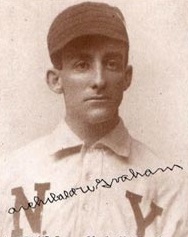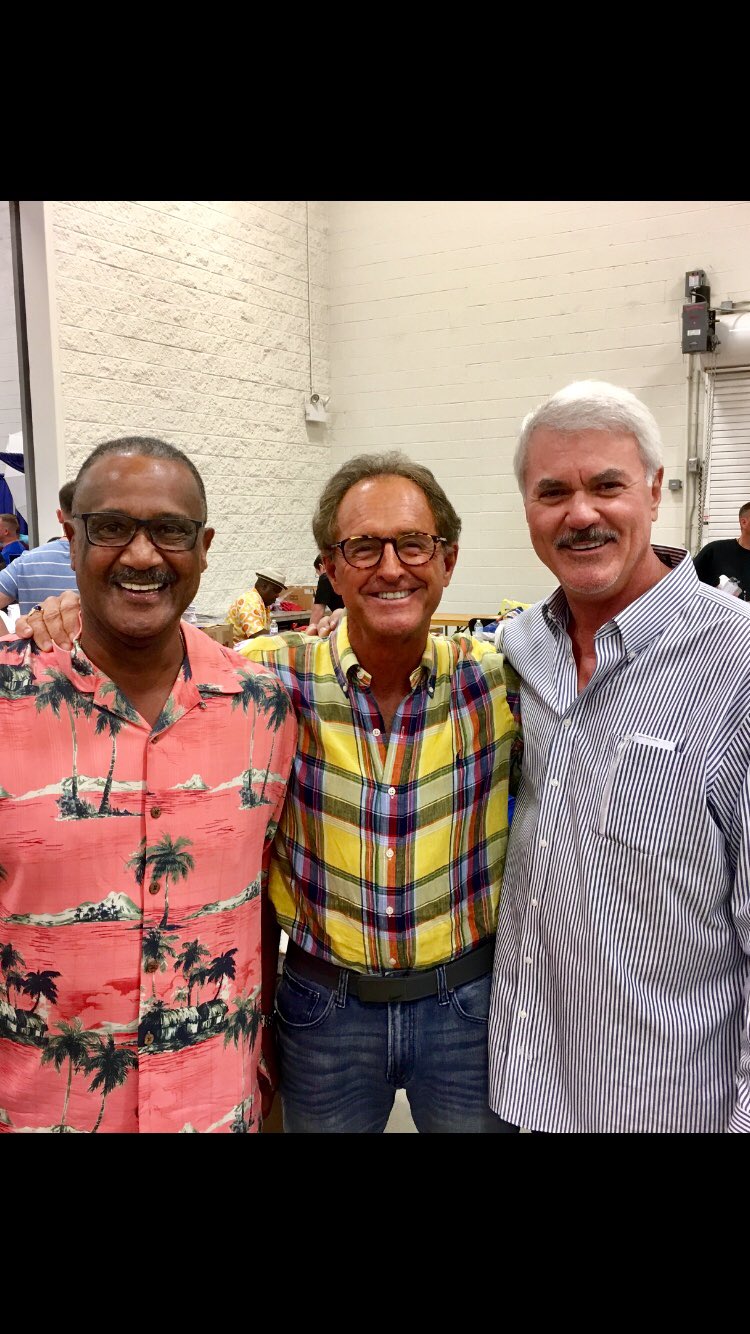The book, High Growth Handbook by Elad Gil, focuses on companies that are transforming from startups to having several hundred employees. One of Gil's recommendations is for an executive to circulate a document that describes “how to work with me.” That's something I think would have been useful to do during my working career. Over the years I had more people working for me and became, at least to some extent, more self-aware of my own preferences and managerial traits. At times I alerted individual people to these but on reflection it would have been useful to do it systematically.
Kling, who ran a successful startup in the 90s, agrees. Below are his thoughts. You'll notice that some are directed towards people he works for, others to those who work for them. Mine would be different, except for #4 and #9, but you get the idea.
1. Don’t give me too many things to do at once. I need to feel like I have my work under control.
2. If you want me to do something that requires my utmost concentration, let me work on it in the morning.
3. If you want me to do something that I hate doing, find someone else to do it.
4. I often give vague project assignments. Push back with clarifying questions, until you know what to do or until I back off because I realize that I don’t really know what I want.
5. When I give a deadline, it is the last possible moment to complete a project. When you miss a deadline, I am devastated. When you just make a deadline, I am disappointed. Get it done sooner.
6. I hate it when people focus on assigning blame. When something goes wrong, focus on fixing it.
7. I like sharing interesting articles and books that I come across. Feel free to do the same with me.
8. I believe in hiring people for attitude and ability, not for experience.
9. The key attitude is being oriented toward solving problems rather than just complaining. I will not tolerate a chronic complainer.
10. I’ll let a software developer get away with being a prima donna*, if you’ve got the right combination of ability, conscientiousness, and stamina. Show me you can really get stuff done, in which case I’d rather keep you happy and let other employees get annoyed than the other way around.
* [NOTE: I've substituted my footnote for Kling's]
And these times are so hard and it's getting even harder
Tryin' to feed and water my seed, plus
See dishonor caught up between bein' a father and a prima donna
Baby mama drama screamin' on and Too much for me to want to Stay in one spot,
another day of monotony Has gotten me to the point, I'm like a snail
I've got to formulate a plot fore I end up in jail or shot
Success is my only motherfuckin' option, failure's not
Mom, I love you, but this trail has got to go
I cannot grow old in Salem's lot
So here I go is my shot.
Feet fail me not 'cause this may be the only opportunity that I got
- Eminem (Lose Yourself)

 (Archibald "Moonlight" Graham, from wikipedia)
(Archibald "Moonlight" Graham, from wikipedia) 



















